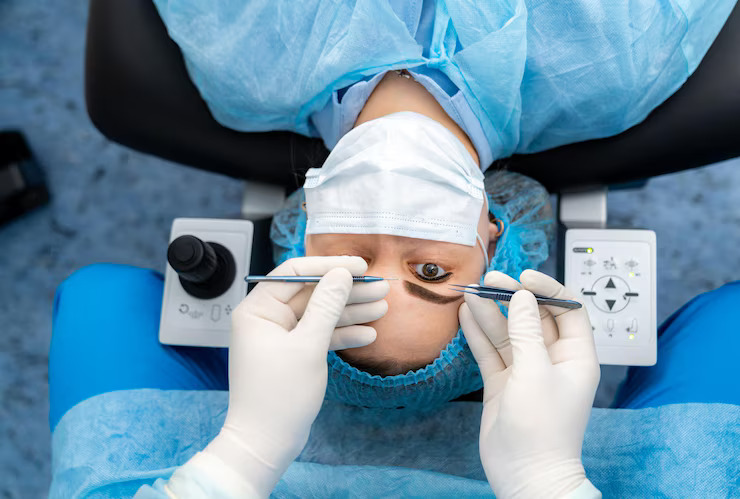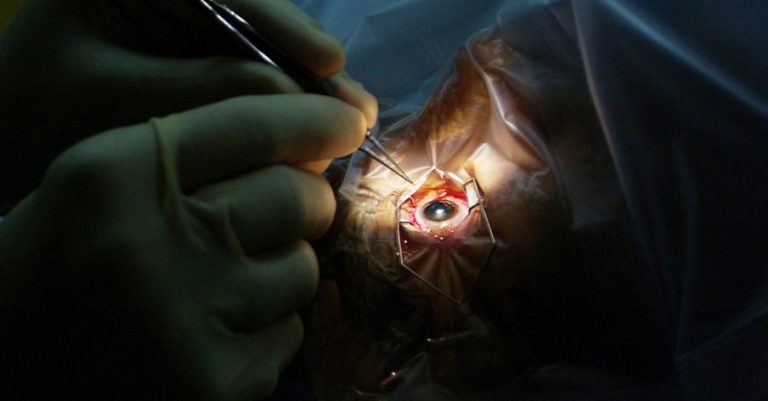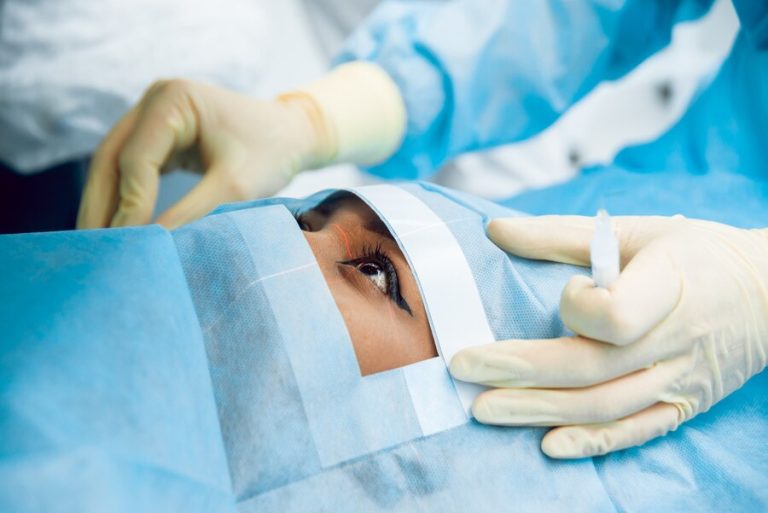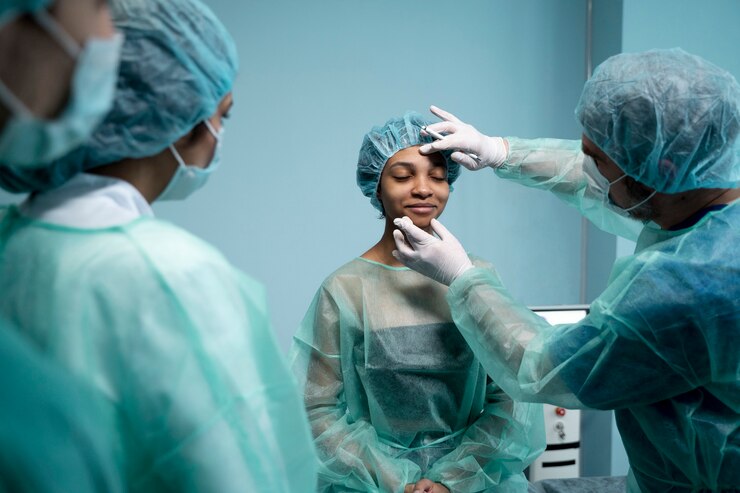Future Directions And Research In Eye Surgery Repair
Eye surgery has come a long way, with advancements significantly improving outcomes for various ocular conditions. However, complications can still arise, necessitating repair surgeries. As technology and medical understanding continue to evolve, future directions and research in eye surgery repair hold great promise for further enhancing patient outcomes, reducing complications, and minimizing recovery times. This article explores cutting-edge research and future directions in the field of eye surgery repair.
Current State of Eye Surgery Repair
Before delving into future directions, it’s important to understand the current landscape. Eye surgery repair often addresses complications such as residual refractive errors, cataract surgery complications, retinal detachment, corneal scars, and issues with implanted devices like intraocular lenses (IOLs). Techniques such as laser correction, vitrectomy, and corneal transplants are commonly employed.
Emerging Technologies and Techniques
1. Femtosecond Laser-Assisted Surgery:
Femtosecond lasers have revolutionized refractive and cataract surgery, offering unparalleled precision. Research is now focusing on expanding their use in repair surgeries. These lasers can create precise incisions and flaps, which can be particularly beneficial in corneal grafts and complex cataract surgery repairs. Future advancements may allow for even more refined control, improving outcomes in delicate repair procedures.
2. 3D Printing and Custom Implants:
The advent of 3D printing technology has opened new avenues in eye surgery repair. Customized implants, such as corneal scaffolds or personalized intraocular lenses, can be created to fit the unique anatomy of each patient’s eye. Research is ongoing to refine the materials and methods used in 3D printing to ensure the biocompatibility and longevity of these implants.
3. Gene Therapy:
Gene therapy is showing promise in treating genetic ocular diseases, and its application in eye surgery repair is a burgeoning field. Researchers are exploring ways to use gene therapy to promote healing and regeneration of ocular tissues post-surgery. For example, introducing specific genes could enhance corneal wound healing or prevent retinal scarring after retinal detachment surgery.
4. Stem Cell Therapy:
Stem cell research is at the forefront of regenerative medicine, and its potential in eye surgery repair is immense. Stem cells can differentiate into various cell types, offering the possibility of regenerating damaged ocular tissues. Clinical trials are underway to assess the efficacy of stem cell transplants in repairing corneal damage, retinal degeneration, and even optic nerve injuries. The ability to regenerate eye tissues could significantly reduce the need for repeat surgeries and improve long-term outcomes.
5. Artificial Intelligence and Machine Learning:
AI and machine learning are transforming many aspects of medicine, including ophthalmology. These technologies can assist in diagnosing complications early, predicting surgical outcomes, and personalizing treatment plans. AI algorithms can analyze vast amounts of data from previous surgeries to identify patterns and suggest the best approaches for repair. This predictive power can enhance surgical planning and reduce the likelihood of complications.
Innovative Repair Techniques
1. Corneal Cross-Linking:
Originally developed to treat keratoconus, corneal cross-linking (CXL) is now being explored for its potential in repairing corneal surgery complications. CXL strengthens corneal tissue by creating new bonds between collagen fibers, which can stabilize the cornea and prevent further complications. Research is focusing on optimizing the protocols and expanding its use to other corneal issues.
2. Bioengineered Corneas:
Bioengineering offers the potential to create synthetic or hybrid corneas that can be used in transplants. These bioengineered corneas could reduce the dependency on donor tissues, which are often in short supply. Research is progressing in developing materials that mimic the properties of natural corneal tissue and integrating these into viable transplant options.
3. Advanced Intraocular Lenses (IOLs):
The development of next-generation IOLs aims to address complications such as lens dislocation, residual refractive errors, and poor visual quality. Researchers are working on materials and designs that better mimic the natural lens’s function, including accommodating and multifocal IOLs that can change focus. These advancements could reduce the need for corrective surgeries after cataract removal.
Enhancing Post-Surgical Outcomes
1. Drug-Eluting Implants:
To improve healing and reduce the risk of infection or inflammation, researchers are developing drug-eluting implants. These devices can release medication gradually over time, directly at the surgical site. For example, an IOL that releases anti-inflammatory drugs post-cataract surgery could prevent complications and promote smoother recovery.
2. Nanotechnology:
Nanotechnology is being harnessed to develop more effective drug delivery systems for eye surgery repair. Nanoparticles can be designed to target specific tissues, ensuring that medications are delivered precisely where needed. This focused strategy can reduce side effects while increasing treatment efficacy.
3. Bioprinting:
Bioprinting, a form of 3D printing that uses living cells, is being explored for creating complex ocular tissues. This technology could potentially be used to print retinal cells or other eye tissues, facilitating repairs that were previously impossible. Research in this area is still in its early stages but holds exciting potential for future eye surgery repair.
Future Research Directions
1. Longitudinal Studies:
Long-term studies are crucial to understanding the outcomes of new repair techniques and technologies. Future research should focus on tracking patients over extended periods to assess the durability and effectiveness of innovative repairs. Such studies will provide valuable data to refine techniques and improve patient care.
2. Personalized Medicine:
Treatments are adapted by personalized medicine to each patient’s unique genetic, environmental, and lifestyle characteristics. In eye surgery repair, this could mean customizing surgical approaches and post-operative care based on a patient’s unique profile. Research in genomics and patient-specific factors will be essential in developing personalized repair strategies.
3. Collaborative Research Initiatives:
Collaboration between researchers, clinicians, and industry partners will be vital in advancing eye surgery repair. Multi-center studies and international research initiatives can accelerate the development and dissemination of new techniques and technologies, ensuring that advancements benefit a broader patient population.
Conclusion
The future of eye surgery repair is bright, with numerous innovative technologies and techniques on the horizon. From the precision of femtosecond lasers and the customization offered by 3D printing to the regenerative potential of stem cells and gene therapy, research is paving the way for more effective and less invasive repairs. As AI and machine learning continue to integrate into medical practice, personalized treatment plans and predictive analytics will further enhance patient outcomes.
For any further queries, Plz visit drvivekgarg.in








